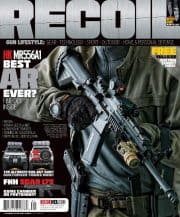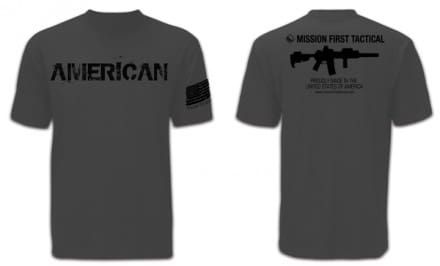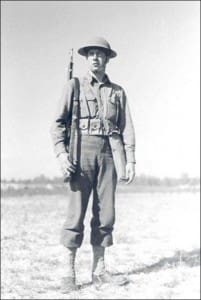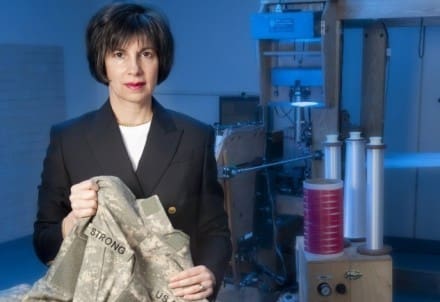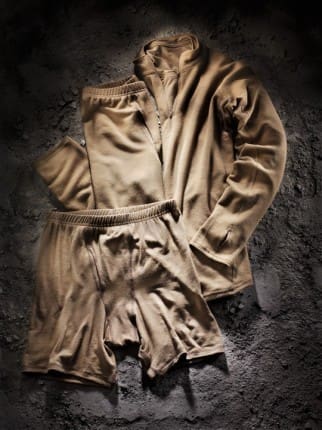We recently wrote about the contracts awarded to Propper International and Tennessee Apparel for the new Fuel Handlers Coveralls. Unfortunately, we didn’t explain what was going on which caused readers to make some back of the envelope calculations which resulted in the perception that the taxpayer is paying a lot more for these than is actually the case.
In fact, the contracts awarded to Propper International and Tennessee Apparel are five-year, firm-fixed price, indefinite delivery/indefinite quantity contracts worth a maximum of $45,000,000. These contracts include options to procure a maximum of 75,000 Fuel Handler Coveralls. The maximum contract value ($45M, based on an early Government estimate of $600 per coverall) would only be reached if the Army purchased all 75K coveralls.
Almost all contracts are written this way these days. The maximum value of the contract is the award amount announced. This amount is generally only reached is all contract options are used. Generally this number is a little higher than what is required to give the Government a little bit of breathing room in the event demand is increased over the life of the contract. It also serves to lock in a price over the course of the contract. These contracts don’t require the Government to purchase the maximum amount but rather set a limit on the amount that can be purchased on that contract. Essentially, it serves as a blanket purchase agreement for that particular commodity. The Government can purchase as much as it needs (up to set limit) at a set price over the life of the contract without going through the contracting process over and over. Conversely, if it turns out the Government doesn’t need the gear, it doesn’t order or pay for it. This helps keep the Government from purchasing and stockpiling unneeded gear.
In the case of the Fuel Handler Coverall, the first delivery order for each of the awardees is for only 1,670 coveralls making actual contract cost per coverall came in between $400-$522, depending on size and vendor. Any future purchases will be determined based on fielding requirements set by the Army.
These coveralls offer a tremendous increase in protection when compared to their predecessors in the areas of flame resistance, environmental and electrostatic protection, and liquid-penetration resistance for fuel and water. PEO Soldier is committed to Soldier survivability, and this contract award is yet another example of their continuing efforts to provide the absolute best uniforms and gear to our Soldiers.
This is actually a joint effort. PEO Soldier specified that the coveralls be made in Coyote Brown so that their Marine brothers could order and use them too.
Thanks to those who reminded us to follow up on this. We hope this clears up any misconceptions that surround the Fuel Handler Coverall procurement.


